On July 28th, we observe World Nature Conservation Day, a timely reminder of the critical role that nature plays in our lives and the urgent need to protect it. As we face escalating environmental challenges, sustainable architecture emerges as a powerful tool in the fight against climate change and the conservation of our planet’s natural resources.
Being strong players in the architecture industry, we have taken this initiative to list down some significant changes that shall be implemented to transform the face of traditional architecture. These important updates will be not only beneficial for the industry but for society as well as the environment as a whole, in building architecture that is sustainable and nature friendly. Modern architects are shaping a greener and more sustainable future for generations to come.
Understanding World Nature Conservation Day
World Nature Conservation Day is an annual event dedicated to raising awareness about environmental issues and the importance of conserving our natural resources. It calls upon individuals, communities, and governments to take collective action toward protecting our ecosystems, biodiversity, and wildlife. From reducing carbon emissions to conserving water and promoting eco-friendly practices, the day urges us to take a step towards preserving our planet for future generations.
Let us know what our Assistant TL (Technical), Mr. Prashant Soni has to say:
“Sustainability can be attained through focusing on energy efficiency, incorporating passive design strategies, energy-efficient lighting, high-performing windows, and using renewable energy sources like solar panels. Moreover, we can implement water conservation measures, such as rainwater harvesting, water-efficient fixtures, and native landscaping, to reduce water consumption. For added environmental benefits, we can integrate green roofs and vertical gardens into your projects, enhancing air quality and providing habitats for wildlife. Through our expertise and verbal guidance, you can make conscious choices to create buildings that align with sustainable principles. This World nature conservation day let’s pledge to contribute to a greener, more environmentally responsible future.”
The role of sustainable architecture
Sustainable architecture, also known as green or eco-friendly architecture, is an approach that prioritizes the efficient use of resources, minimizes the negative impact on the environment, and fosters healthy living spaces. It encompasses a range of strategies, from utilizing renewable energy sources to incorporating environmentally-friendly materials and designs. Here’s how sustainable architecture is closely connected to the goals of World Nature Conservation Day.
Energy efficiency:
Sustainable Architecture and world nature conservation day places a strong emphasis on energy efficiency. By designing buildings that utilize natural light, ventilation, and insulation effectively, they significantly reduce the need for artificial heating, cooling, and lighting. This, in turn, curtails carbon emissions and lessens the strain on the environment.
Renewable energy integration:
Sustainable architects harness the power of renewable energy sources like solar, wind, and geothermal energy. By incorporating solar panels, wind turbines, and other renewable energy systems, buildings can produce clean energy and even contribute surplus power back to the grid.
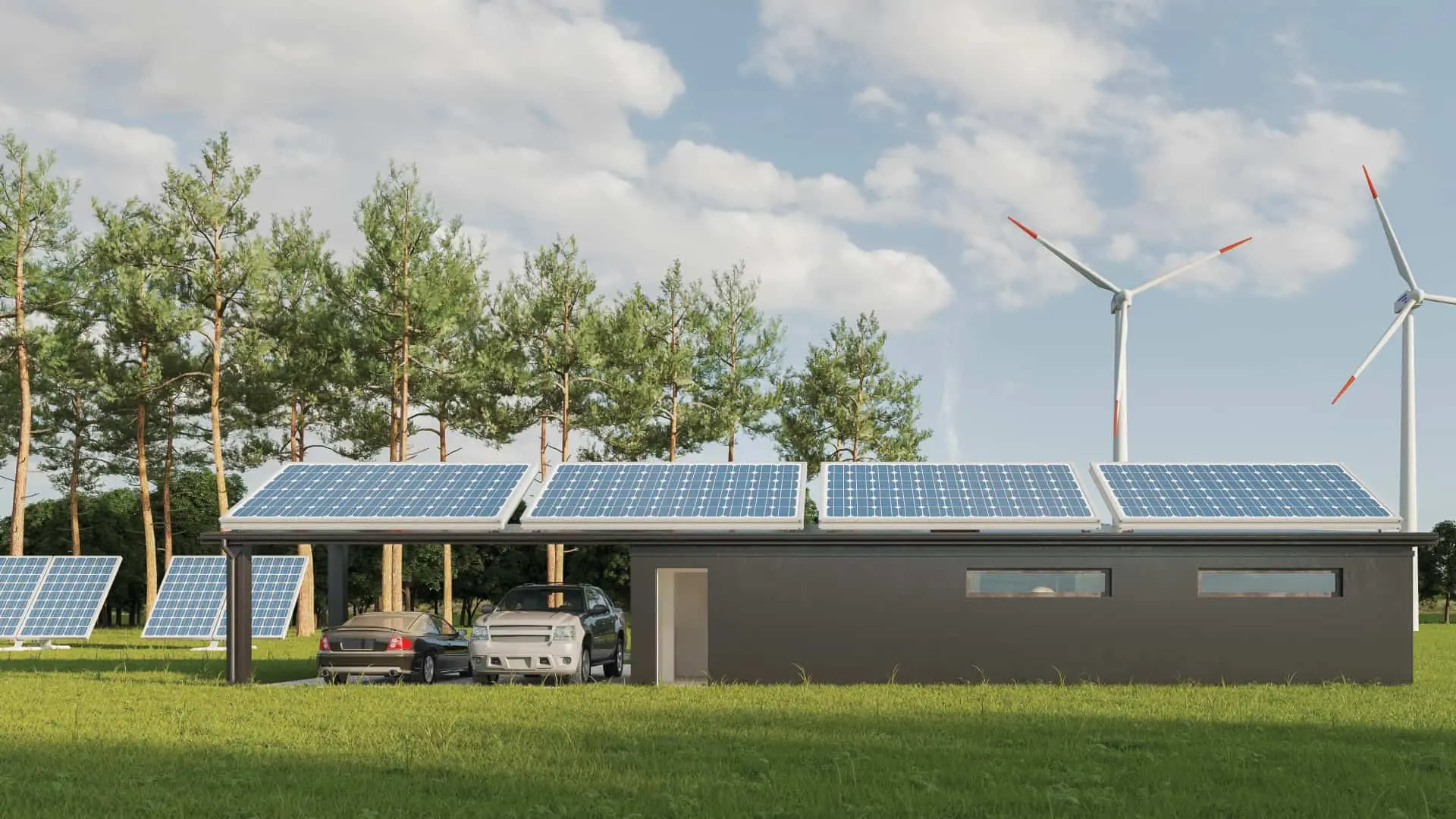
Water Conservation:
Water is a precious resource, and world nature conservation day aims to minimize water wastage. This is achieved through the use of rainwater harvesting systems, water-efficient fixtures, and innovative water recycling methods, ensuring responsible water consumption and conservation.
Sustainable materials:
Traditional construction often relies on resource-intensive materials, but nature conservation day prioritizes eco-friendly alternatives. Using recycled materials, responsibly sourced wood, and low-impact construction techniques, these buildings reduce the demand for new resources and limit waste generation.
Biodiversity and green spaces:
Sustainable architecture integrates green spaces, living walls, and rooftop gardens. These features promote biodiversity, provide habitats for wildlife, and improve air quality, enhancing the overall well-being of both residents and the surrounding environment.
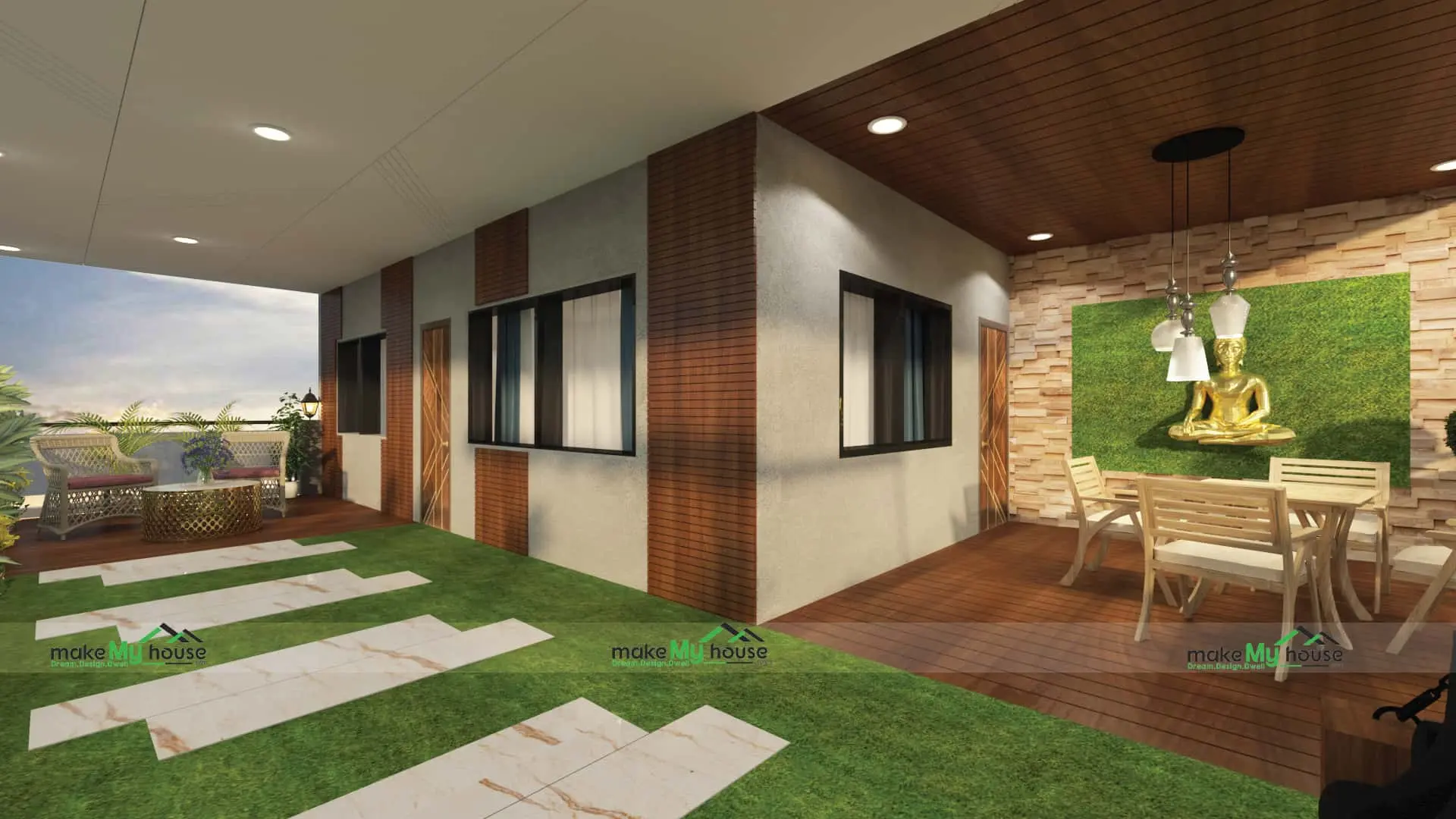
Climate-responsive designs:
Sustainable architects design buildings that respond to the local climate and topography. By aligning structures with the sun’s path and prevailing winds, they optimize natural heating, cooling, and ventilation, reducing the need for energy-intensive climate control systems.
Longevity and resilience:
World nature conservation day prioritizes durability and adaptability, ensuring that buildings have a long-life cycle and can withstand changing environmental conditions. This approach reduces the frequency of demolition and reconstruction, thus minimizing environmental impact.
Conclusion
On World Nature Conservation Day, we must recognize the pivotal role that sustainable architecture plays in preserving our planet’s precious resources. By adopting eco-friendly building practices, architects and builders contribute to a more sustainable future, where we coexist harmoniously with nature. As individuals, communities, and societies, it is crucial to embrace and promote sustainable architecture, recognizing that the choices we make today will shape the world we leave behind for generations to come.
FAQs about world nature conservation day and sustainable architecture
Q: What is the link between sustainable architecture and World Nature Conservation Day?
A: The connection lies in the shared goal of preserving and conserving our natural environment. Sustainable architecture promotes eco-friendly practices, resource efficiency, and reduced carbon footprint, aligning perfectly with the objectives of World Nature Conservation Day to protect our planet’s natural resources.
Q: How does sustainable architecture contribute to World nature conservation day?
A: Sustainable architecture minimizes environmental impact by using renewable energy sources, efficient water management, and eco-friendly materials. This reduces greenhouse gas emissions, conserves water, and lowers waste generation, all crucial elements in safeguarding our environment.
Q: What impact does sustainable architecture have on water conservation on World Nature Conservation Day?
A: Sustainable architecture implements water-efficient practices, such as rainwater harvesting and low-flow fixtures, which reduce water consumption and contribute to conserving this vital resource.







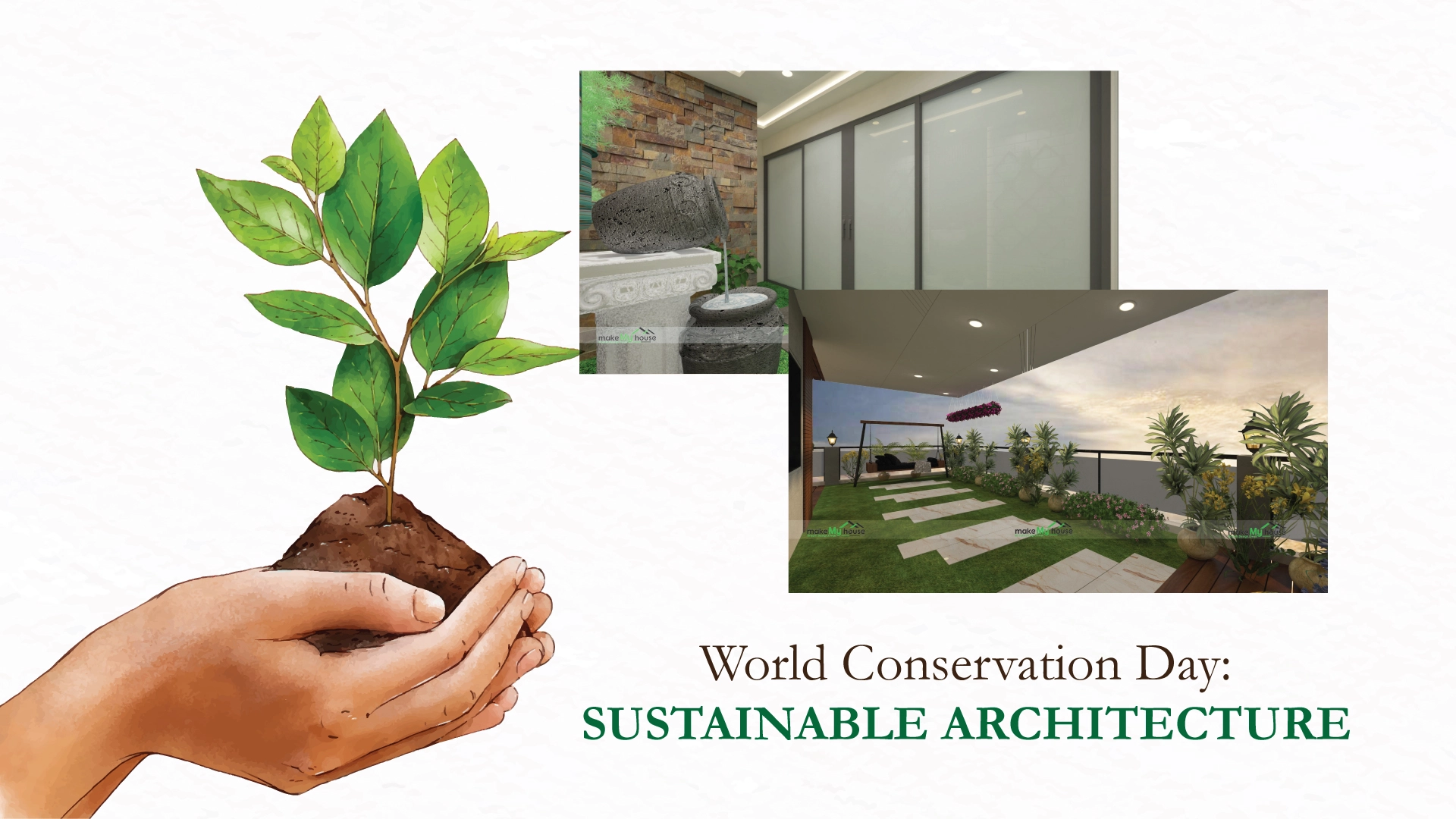

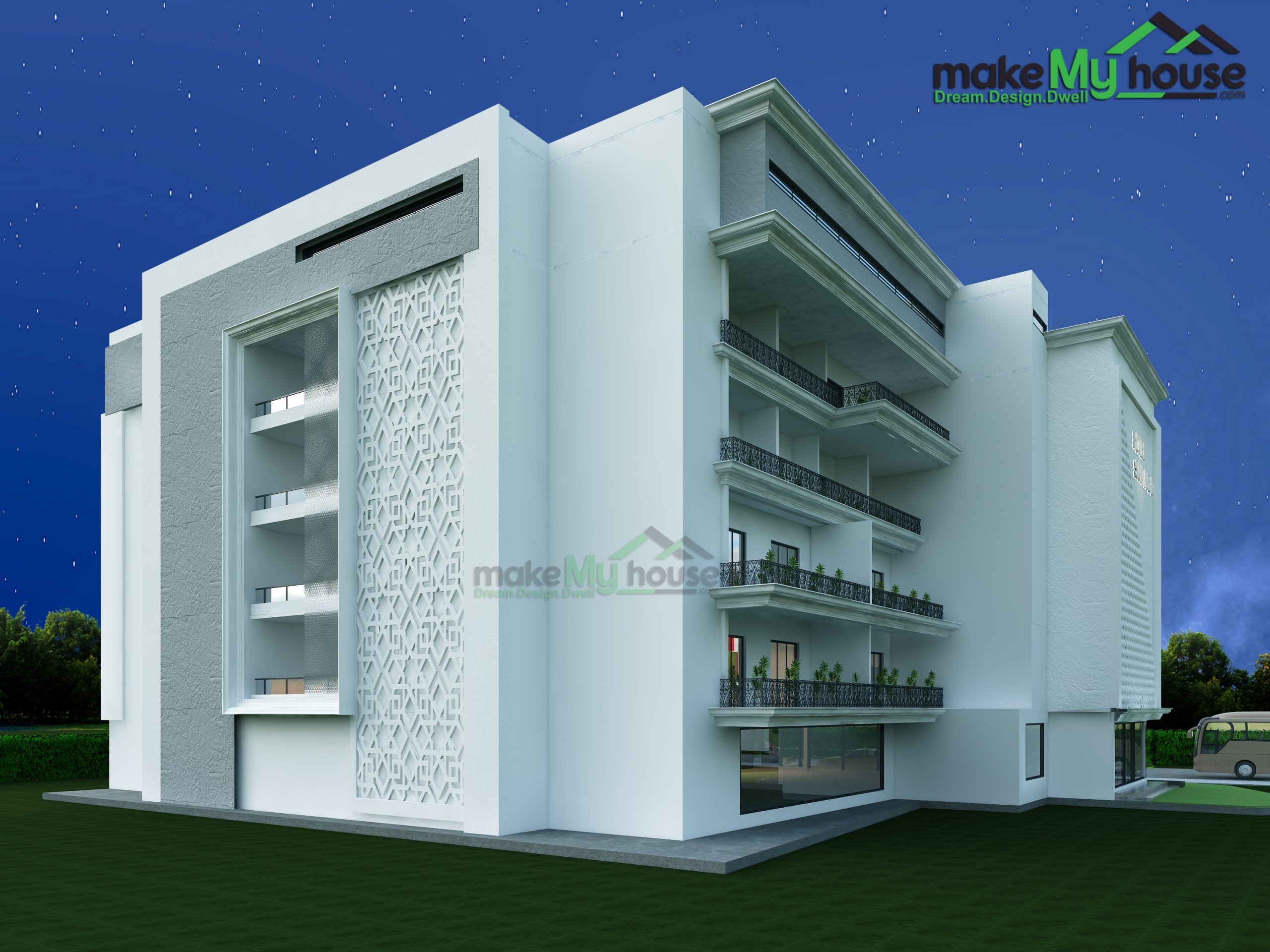
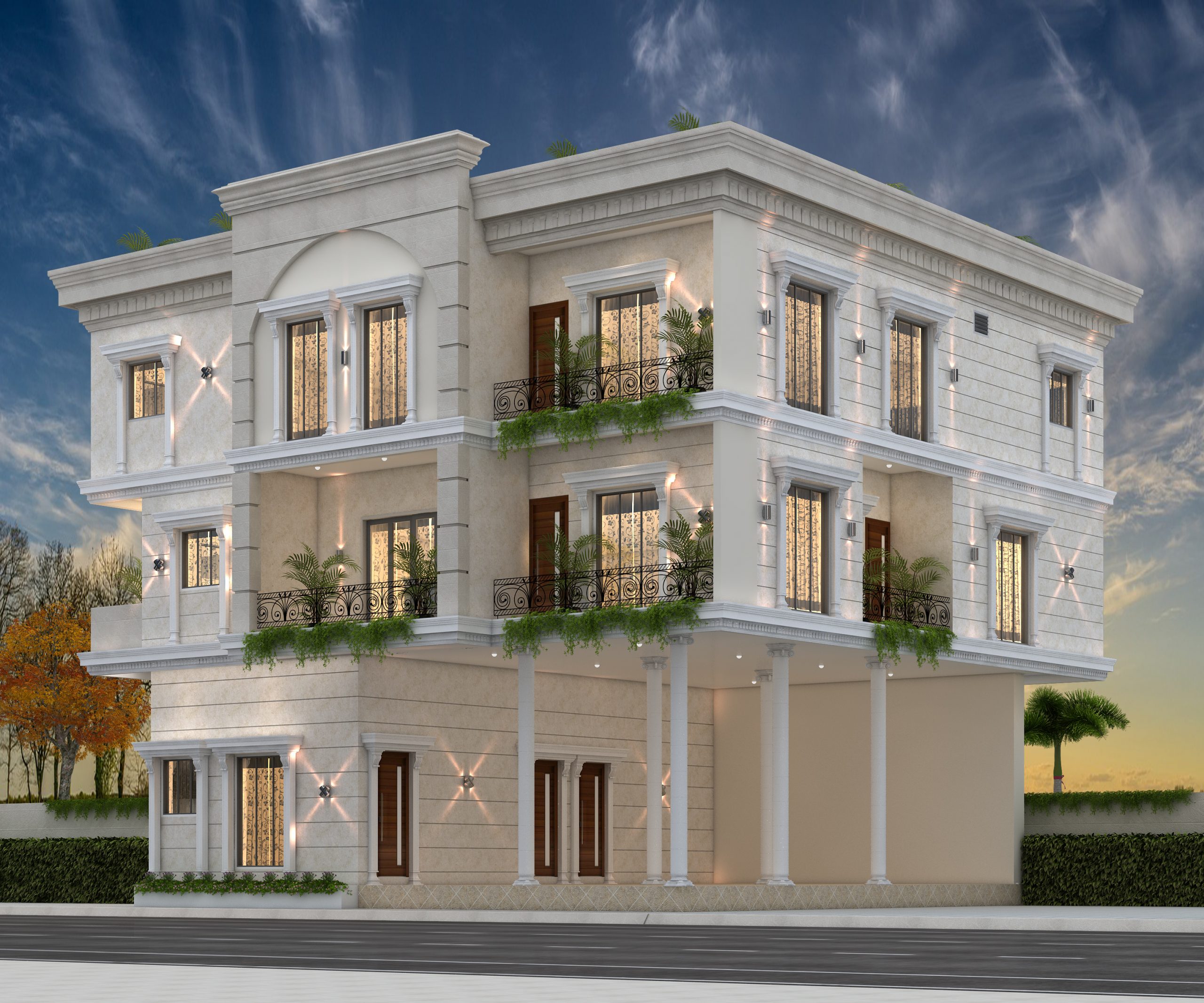
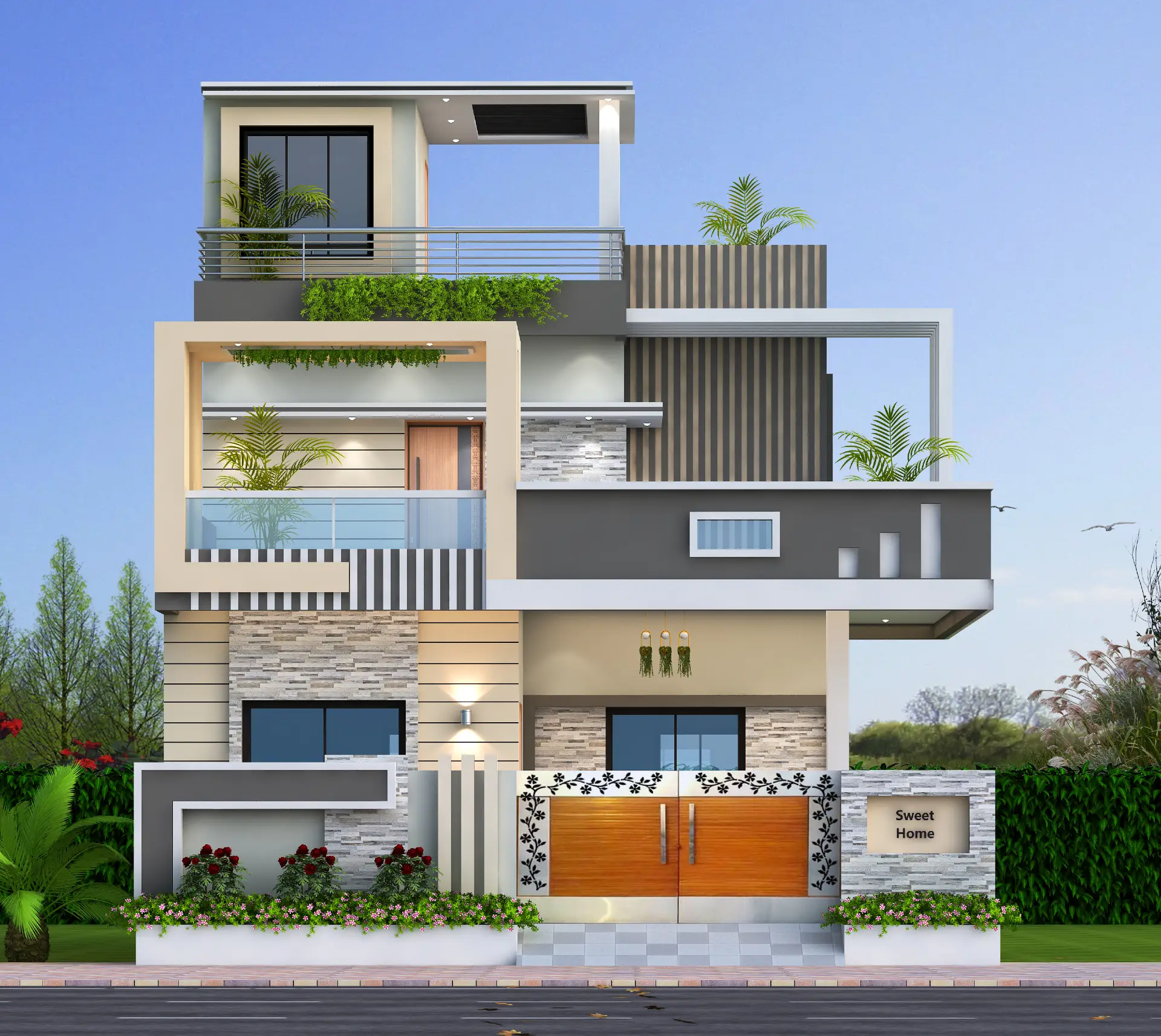
One thought on “Preserving the Environment through Sustainable Architecture”